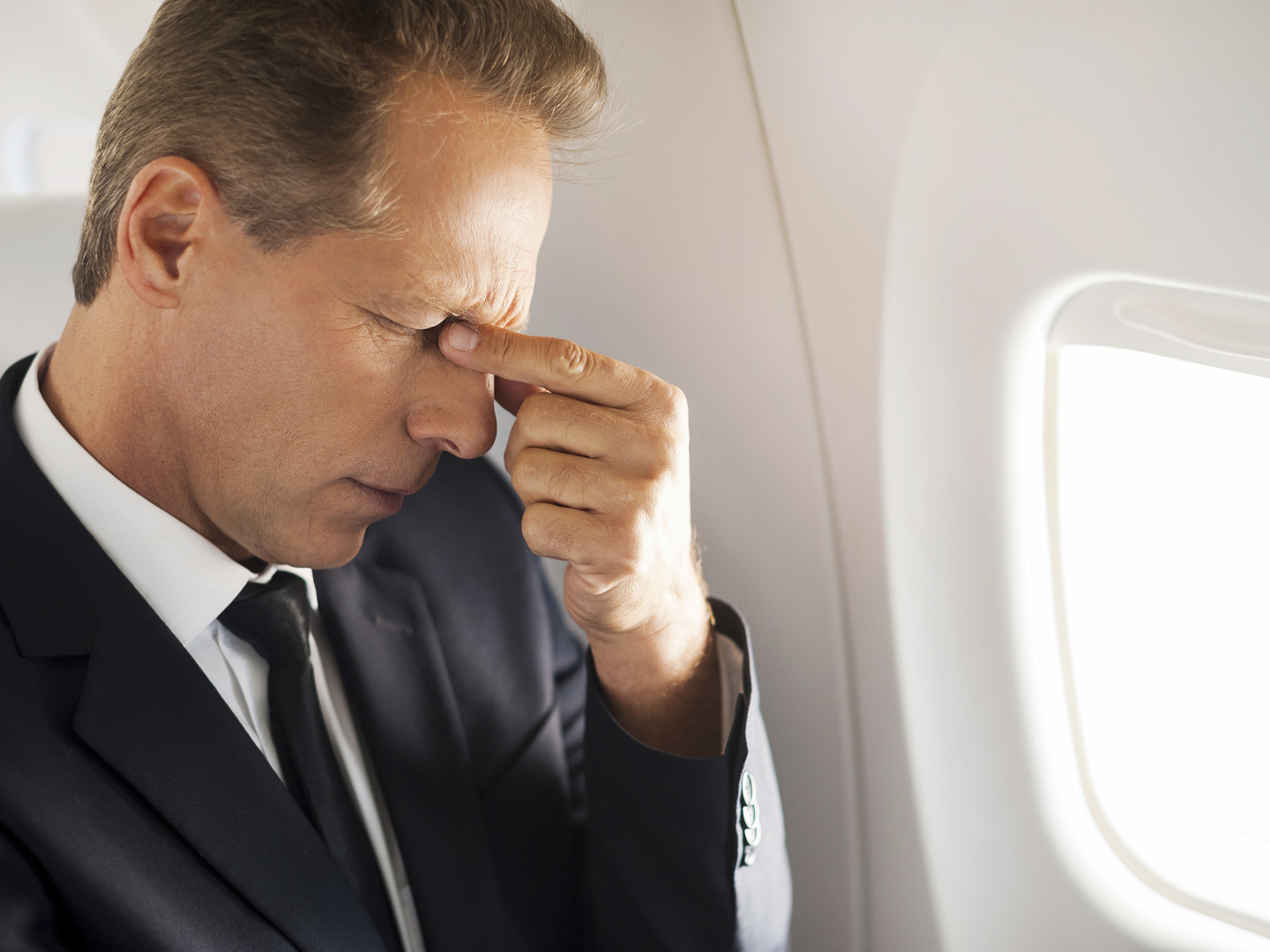High Altitude Headache?
I get headaches at high altitudes. Is there anything I can do to prevent them?
Andrew Weil, M.D. | May 23, 2007

About one in four persons who climb to altitudes 8,500 feet above sea level develops intense, throbbing headaches and other symptoms of what is often termed “acute mountain sickness”: dizziness, fatigue, shortness of breath, loss of appetite, nausea, disturbed sleep and a general feeling of malaise. These symptoms are due to the low oxygen levels in the atmosphere above 8,000 feet. The human body can accustom itself to working with less oxygen, but it needs time to do so. A relatively sudden transition to higher altitude can result in mountain sickness.
You should be able to relieve the headache and overcome the other symptoms by going down to a lower elevation – but if they don’t go away readily and you have trouble breathing even at rest or find that you’re coughing, confused, or can’t walk a straight line, you need to get lower immediately and seek medical attention. Continued shortness of breath can indicate fluid accumulation in the lungs (pulmonary edema) – a medical emergency.
We don’t know just what causes the headaches that come with mountain sickness. It’s not just oxygen deficiency, and breathing oxygen doesn’t relieve them. They go away once you’re back at sea level, although in some people they can persist for weeks. We do know that even people who live at high altitudes, and whose bodies have adjusted to the lower levels of oxygen, often complain of recurrent headaches.
You may be able to prevent the headaches by taking aspirin before you begin to climb. Once you’ve got the headache, you may be able to relieve it with ibuprofen or the migraine medication sumatriptan (Imitrex), which seems to work for some people.
However, you’ll be better off trying these strategies to prevent all of the symptoms of mountain sickness:
- Don’t climb to levels above 8,000 feet at more than 1,000 feet per day (if you live at sea level, it will take you longer to adjust to altitudes than it will if your home is in an area that’s higher than sea level).
- Sleep at an altitude that is lower than the altitude at which you spend the rest of the day.
- If you do develop symptoms, don’t climb higher until they subside.
- If symptoms worsen, go down.
- Drink at least three to four quarts of water a day.
- Avoid tobacco, alcohol and other depressant drugs, including barbiturates, tranquilizers and sleeping pills – they’ll only make matters worse.
- Eat plenty of carbohydrates (more than 70 percent of your calories).
I don’t go along with the conventional recommendation to take the drug Diamox (acetazolamide) preventively (it allows you to breathe faster and minimizes the symptoms caused by poor oxygenation). Instead, I suggest taking coenzyme Q10 (also called CoQ10) in relatively high doses to improve the use of oxygen at the cellular level, especially in heart muscle cells. Take 100 to 200 mg a day, starting at least a week before your climb (you can continue to take it indefinitely if you climb regularly). Should you ever climb in the Andes, you could try coca leaf, which the local Indians use for prevention and treatment of mountain sickness.
And watch for information about off-label use of the erectile dysfunction drugs Viagra and Cialis to prevent and treat severe symptoms of mountain sickness. They increase blood flow to other vital organs, not just the penis, and some mountain climbers report better success with them than with Diamox.
Andrew Weil, M.D.









